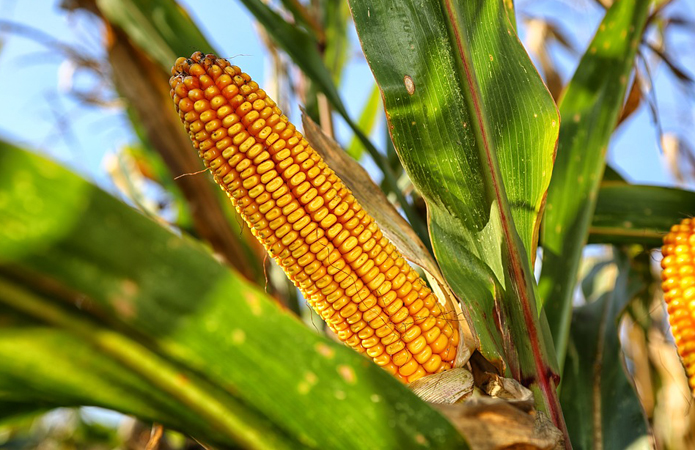Rabobank forecasts surging corn demand

Global corn consumption is forecast to rise 25% over the next decade, according to a report released by Rabobank on Dec. 16. The Netherlands-based financial services company also projects global corn trade to show even stronger growth, boosted by animal protein production growth, geopolitical tensions, and corn shortages resulting from adverse weather and constraints on acreage and yield gains.
With consumption set to rise, exported volumes from the main corn producers also are projected to increase, the report said. Brazil, Argentina, Ukraine, and the United States will benefit the most from this increase in global growth as all have further production potential, and Brazil is well-positioned to take the lead.
“During the next decade, South America will take the lead in corn area growth, while yields will play a major role in US and Ukraine corn production growth up to 2030,” said Marcela Marini, senior analyst, Grains & Oilseeds, Rabobank. “Area availability, yield potential, financial margins, and infrastructure to deliver corn to importing countries will be the key drivers for corn growth among these players. We estimate that corn production in the top four exporting countries will increase by 159 million tonnes to reach 682 million tonnes by 2030.”
Marini predicted Brazil will take the lead in corn production and export growth over the next 10 years. Double use of the land, with one crop of soybeans and one crop of safrinha corn harvested within a 12-month timeframe from the same field, allows safrinha area to increase on the back of established soybean area without necessitating expansion exclusively for sowing corn. This gives Brazilian corn production good financial margins and a uniquely sustainable value, she said.
The report noted that area availability, yield growth, and financial results will be key drivers to ensure that corn production in Brazil, Argentina, and the United States continues to increase. However, sustainability will be a key topic for the main corn destinations, demanding changes in practices on farms and in the supply chain, and impacting corn’s competitiveness in the next decade.
Marini said sustainable production will be followed closely by important destinations and even by some private companies that have committed to not source grains or oilseeds from recently deforested areas to ensure more sustainable corn production.
“New practices and even certifications that could be replicated for corn will be demanded by destinations, and farmers and the corn supply chain will be pressured to quickly adopt new practices that could change corn market dynamics and competitiveness in the future,” Marini said.
Traceability and guarantees that a product has been sustainably produced could even change pricing dynamics in commodities in the coming years, she said.
Read also
Wheat in Southern Brazil Impacted by Dry Weather and Frosts
Oilseed Industry. Leaders and Strategies in the Times of a Great Change
Black Sea & Danube Region: Oilseed and Vegoil Markets Within Ongoing Transfor...
Serbia. The drought will cause extremely high losses for farmers this year
2023/24 Safrinha Corn in Brazil 91% Harvested
Write to us
Our manager will contact you soon



